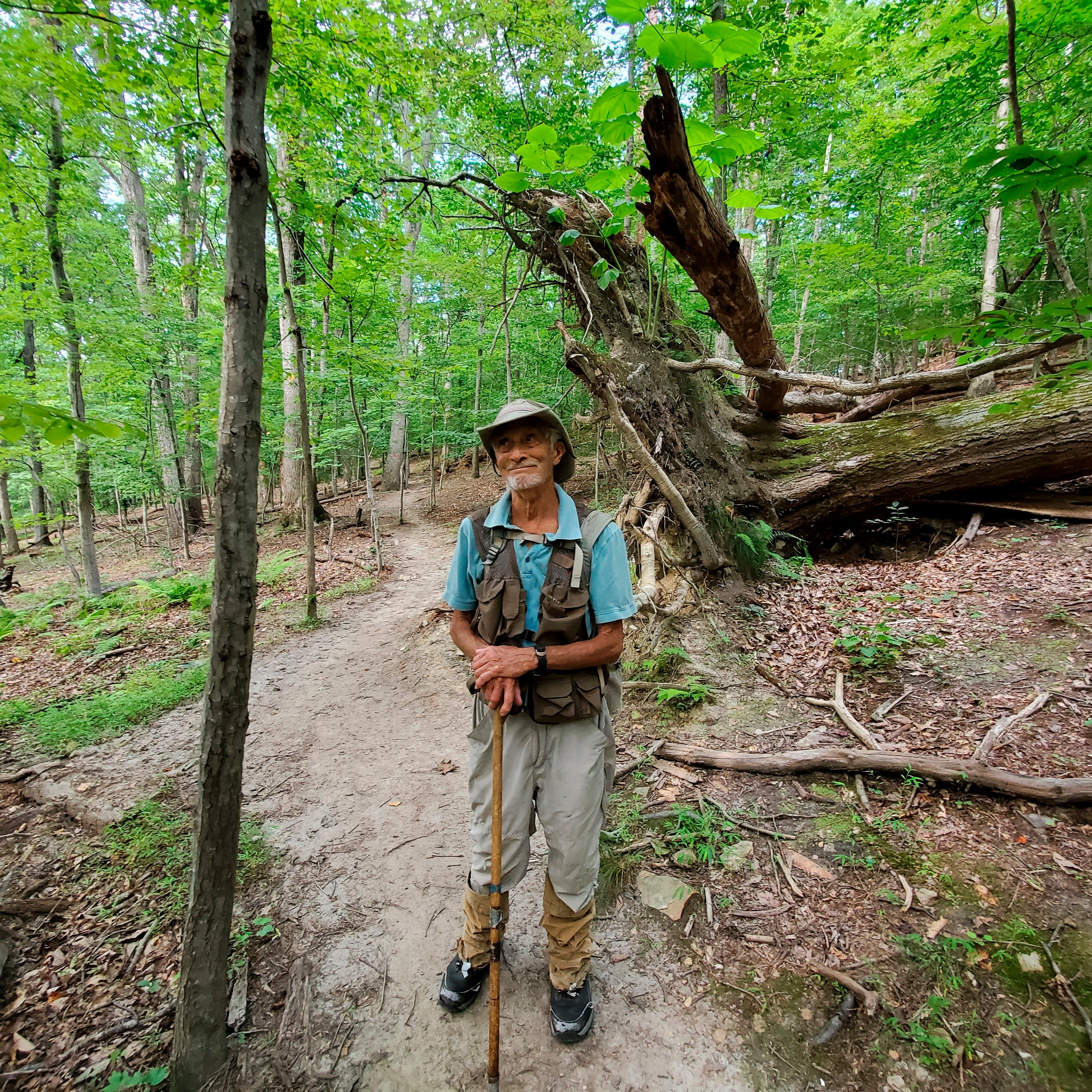Respected snake researcher dies from rattlesnake bite
A respected snake researcher who’d been making significant discoveries about the species since childhood has died after being bitten by a timber rattler

Your support helps us to tell the story
This election is still a dead heat, according to most polls. In a fight with such wafer-thin margins, we need reporters on the ground talking to the people Trump and Harris are courting. Your support allows us to keep sending journalists to the story.
The Independent is trusted by 27 million Americans from across the entire political spectrum every month. Unlike many other quality news outlets, we choose not to lock you out of our reporting and analysis with paywalls. But quality journalism must still be paid for.
Help us keep bring these critical stories to light. Your support makes all the difference.
A respected snake researcher who had been making significant discoveries about the species since childhood has died after being bitten by a timber rattler.
William H. “Marty” Martin died Aug. 3 after being bitten the day before by a captive snake on the property at his home in Harpers Ferry, West Virginia, according to his wife, Renee Martin.
Martin, who was 80 years old, continued to make arduous mountain hikes to document and count snake populations in remote sites, said Joe Villari, who manages the Bull Run Mountains Preserve in northern Virginia and would accompany Martin on his outings there.
“He was in his 80s, and he was hard to keep up with,” said Villari, who made it a point to join Martin on his semiannual treks to remote mountain dens where the snakes would live.
John Sealy, a rattlesnake researcher from Stokesdale, North Carolina, who knew Martin for more than 30 years, said Martin was perhaps the foremost authority on timber rattlers, a species he studied since childhood.
As a boy, Martin found a population of timber rattlers in the Bull Run Mountains that was previously unknown, and convinced a herpetologist to come out and verify the find.
Sealy said Martin was known throughout the community of snake experts for his field work and research, and his ability to find and document a species that makes itself hard to find.
“They're extremely secretive animals,” he said.
Deaths from snakebites are extremely rare; the Centers for Disease Control estimates they account for about five fatalities annually in the U.S.
Dan Keyler, a toxicology professor at the University of Minnesota and an expert on snakebites, said a second snakebite can be more dangerous than a first for some people and rattlesnakes can be more dangerous if they grow to a size that allows them to inject more venom. Age can also be a factor in a person's susceptibility.
Martin had been bitten before in his career, but recovered.
Villari said timber rattlers tend to be docile, avoid human contact and often won't bite even if they're accidentally stepped on.
“They save their venom for their prey,” he said.
Subscribe to Independent Premium to bookmark this article
Want to bookmark your favourite articles and stories to read or reference later? Start your Independent Premium subscription today.